The Category Page Settings panel provides global options for managing the layout and design of category pages across your site. These settings can be globally applied but also allow for individual overrides within each category setting page. For more details, please visit the category page settings here.
Settings Fields:
- Page Heading: Define the primary heading for the category page. See the demo page of all headings here for more details
- Category Page Heading Font: Customize the font style for the category page heading.
- Category Page Sub Heading Font: Customize the font style for the sub-heading on category pages.
- Category Page Heading Color: Set the color for the category page heading.
- Feature Area Layout: Choose the layout style for the feature area. Select Disable Option will disable the feature area entirely on the categories page.
- Post on Feature Area: This option lets you choose the type of articles displayed in the feature area. You can select between:
- Show Featured Posts (Sticky Posts)
- Show Latest Posts
- Content Layout: Define the overall content layout for the category page. The theme supports 32 different layout styles, ranging from grid, list, and masonry formats to more advanced configurations. This flexibility lets you tailor the content display to match your site’s design or the specific needs of the categories page.
- Post Icon: Show/Hide the icon type for posts displayed on category pages.
- Bookmark: Enable or disable the bookmark feature for category posts. This option allows readers to save specific posts for easy access later. This feature enhances user experience by enabling users to keep track of content they find interesting or wish to revisit.You can visit the demo page here to see how the bookmark feature works.
- Pagination: Set the pagination style and options for the category page.The Pagination settings allow you to control how posts are navigated on category pages. Depending on the amount of content in each category, the right pagination style can enhance user experience and encourage further browsing. Available Options:
- Default Pagination: The default pagination in WordPress uses a simple numeric style, located at the bottom of a post listing. It includes links to navigate through different pages of posts
- Ajax Pagination: This uses a simple numeric style, located at the bottom of a post listing. It includes links to navigate through different pages of posts using the Ajax method. This allows for seamless loading of content without requiring a full page reload, enhancing the user experience by providing smoother transitions between pages.
- Ajax Load More: The Ajax Load More option allows posts to be dynamically loaded without requiring a full page refresh. When a user clicks the “Load More” button at the bottom of the post listing, additional posts are fetched via Ajax and seamlessly added to the existing content.
- Ajax Infinity Scrolling: This option provides a continuous, automatic content-loading experience as users scroll down the page. Instead of clicking through pagination or “Load More” buttons, posts are dynamically fetched and displayed as the user reaches the bottom of the page.
- Show Feature Area on Only First Page: Toggle whether the feature area is displayed only on the first page.
- Category Page Sidebar: This option is not available on Full Width Layouts
- The Page Sidebar option allows you to choose which sidebar to display on this page.
- Sidebar Position: The Sidebar Position option lets you determine whether the sidebar appears on the left or right side of the page.
- Sticky Sidebar: When the Sticky Sidebar option is enabled, the sidebar remains fixed as users scroll through the content on this page.
- Infeed Ads: The infeed ads can be set up in the Ad Management Panel of Theme Options.
- Infeed Ads Shortcode: Add a shortcode for displaying infeed ads within the category page.
- Infeed Ads Position: Define the position of infeed ads on the category page.
